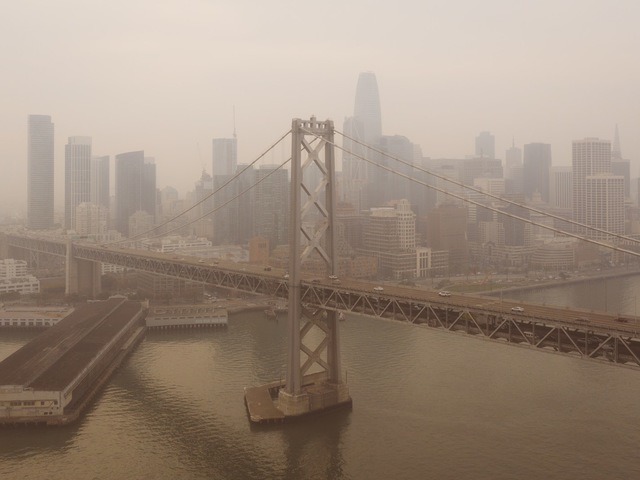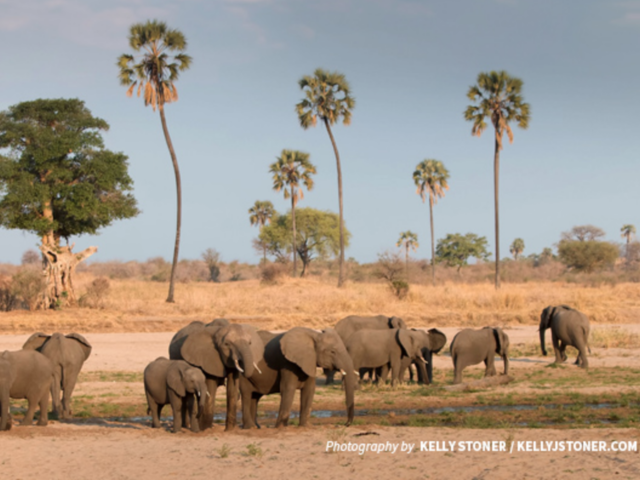Photos from the past few weeks in California since the state’s latest wildfires began raging tell stories beyond the burn areas. In heavily populated areas caught in the plumes, such as San Francisco, residents can be seen wearing construction masks to help protect their lungs from fine particulate matter and other pollutants found in fire smoke. These images drive home the importance of reducing such pollutants when and where we can control them.
While annual exposure to fine particles (called PM2.5) has been decreasing consistently in areas found to violate the National Ambient Air Quality Standards (NAAQS) under the Clean Air Act (and more slowly in other areas of the country), these statistics exclude the effects of forest fires, which are occurring more frequently and with greater severity.
To be sure, fine particle exposure is dangerous to human health. Study after study has linked mortality to spikes in pollution (such as smoke from a forest fire) as well as longer-term exposure (such as smokestack emissions of NOx and SO2 that become acid aerosols in the air, which are defined as PM2.5).
How can such events that pose a danger to air quality and human health be excluded? Deep in text of the Clean Air Act that determines whether areas attain or violate ambient air quality standards is an exemption for exceptional events, such as wildfires. When a state is reviewing ground-based monitor data on fine particles or ozone to determine if any areas are violating the NAAQS—after analyses and review against a set of criteria—it is permitted to ignore data on concentrations that have been contemporaneous with fires and other rare events. For example, if a fire took place over a period of 10 days, and there is evidence that smoke from the fire is wafting over a city, the data from those 10 days may be dropped from the calculations to determine whether the NAAQS are being met.
In a time when forest fires were less intense, less frequent, and maybe easier to put out, such exclusions made sense. After all, failure to meet the standards triggers costly mitigation measures tied to industry, transportation, and more. And perhaps not much could have been done to reduce forest fire risks. But now, with more frequent, severe fires—and particularly if we can hope to manage fires to reduce smoke plumes headed to cities—this exclusion may not be warranted and the rule may need to be changed, even though it was recently updated.
One approach: Cities designated most likely to be impacted by smoke from wildfires could take action to decrease other pollution sources where they can to compensate for the fire smoke risks. Another approach: Integrate fire smoke management into the process for developing the State Implementation Plan under the Clean Air Act, which describes the approach the state will use to bring its violating areas into attainment. Even when smoke management is not a viable strategy (particularly for very large fires, for which all available resources are used to protect life and property), it is important for residents to understand the pollution concentrations they are exposed to and the health risks they face. Forest fires have become less of an exception: they are occurring more often and blazing with increased intensity and spread. In order to issue pollution concentration information that better reflects this new reality, states and the US EPA might reconsider how to best account for poor air quality days resulting from forest fire influences.






